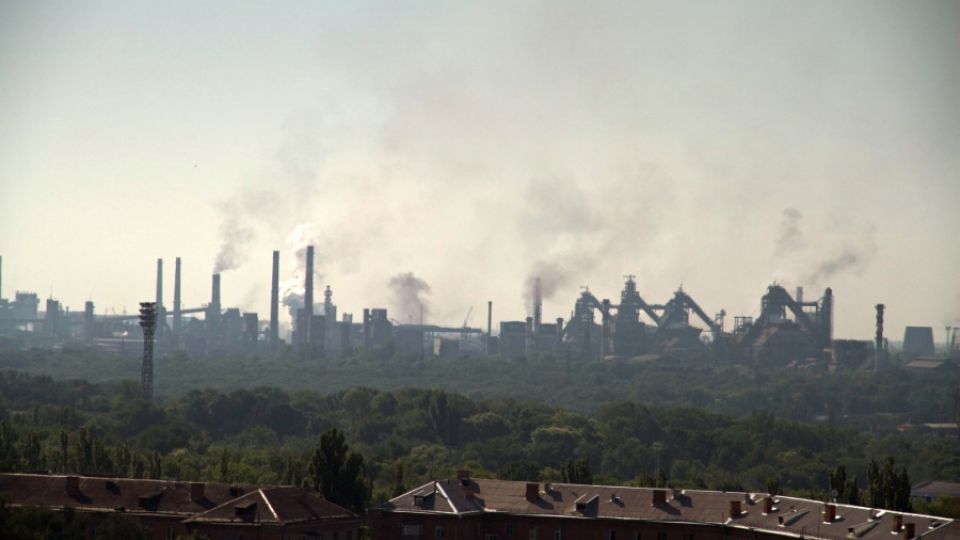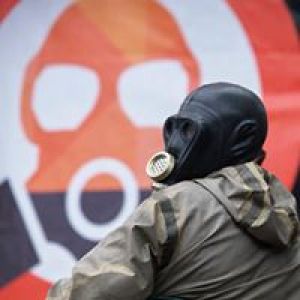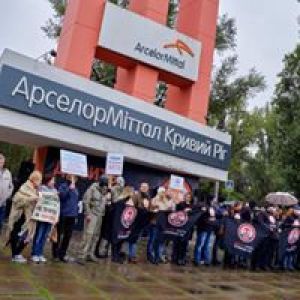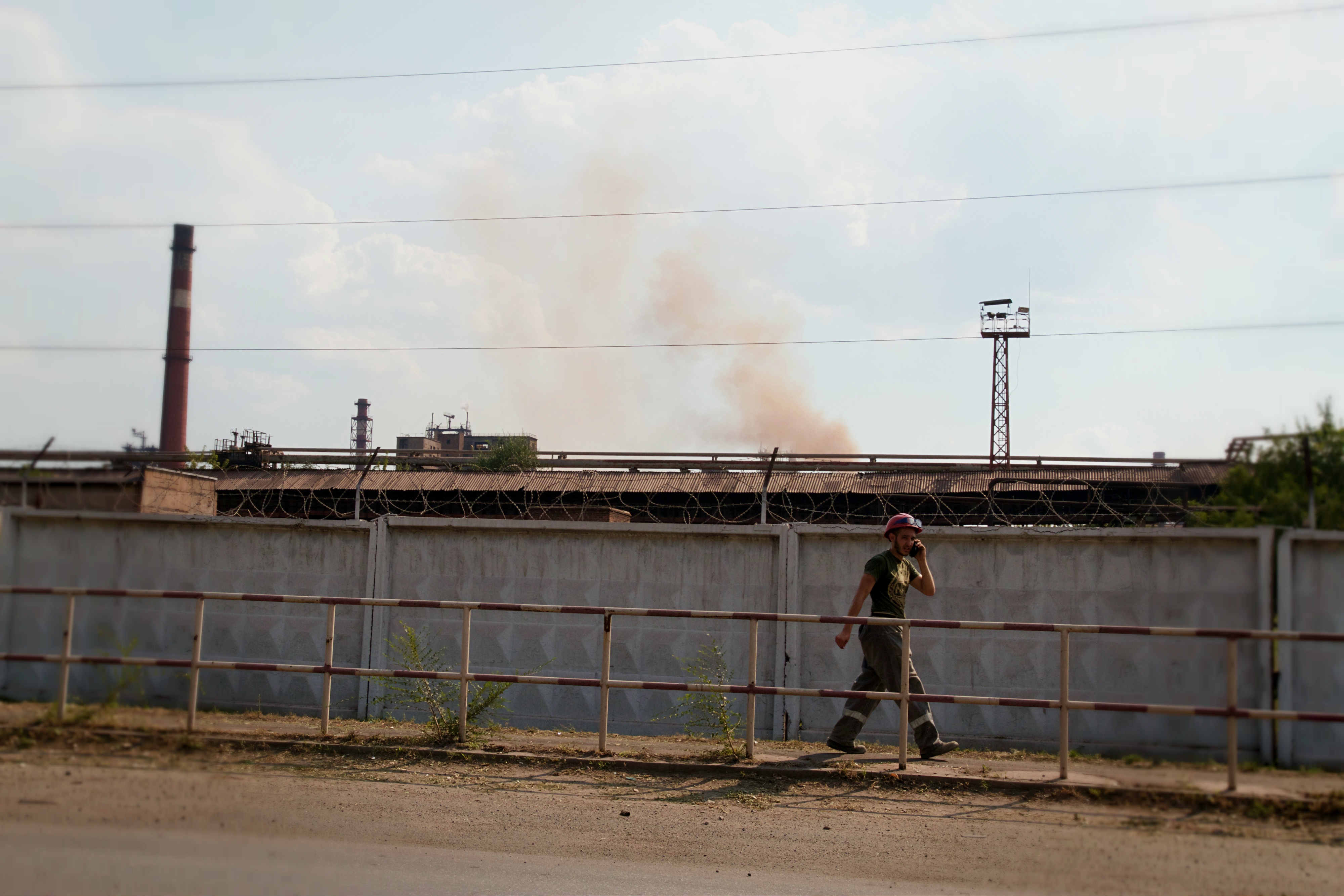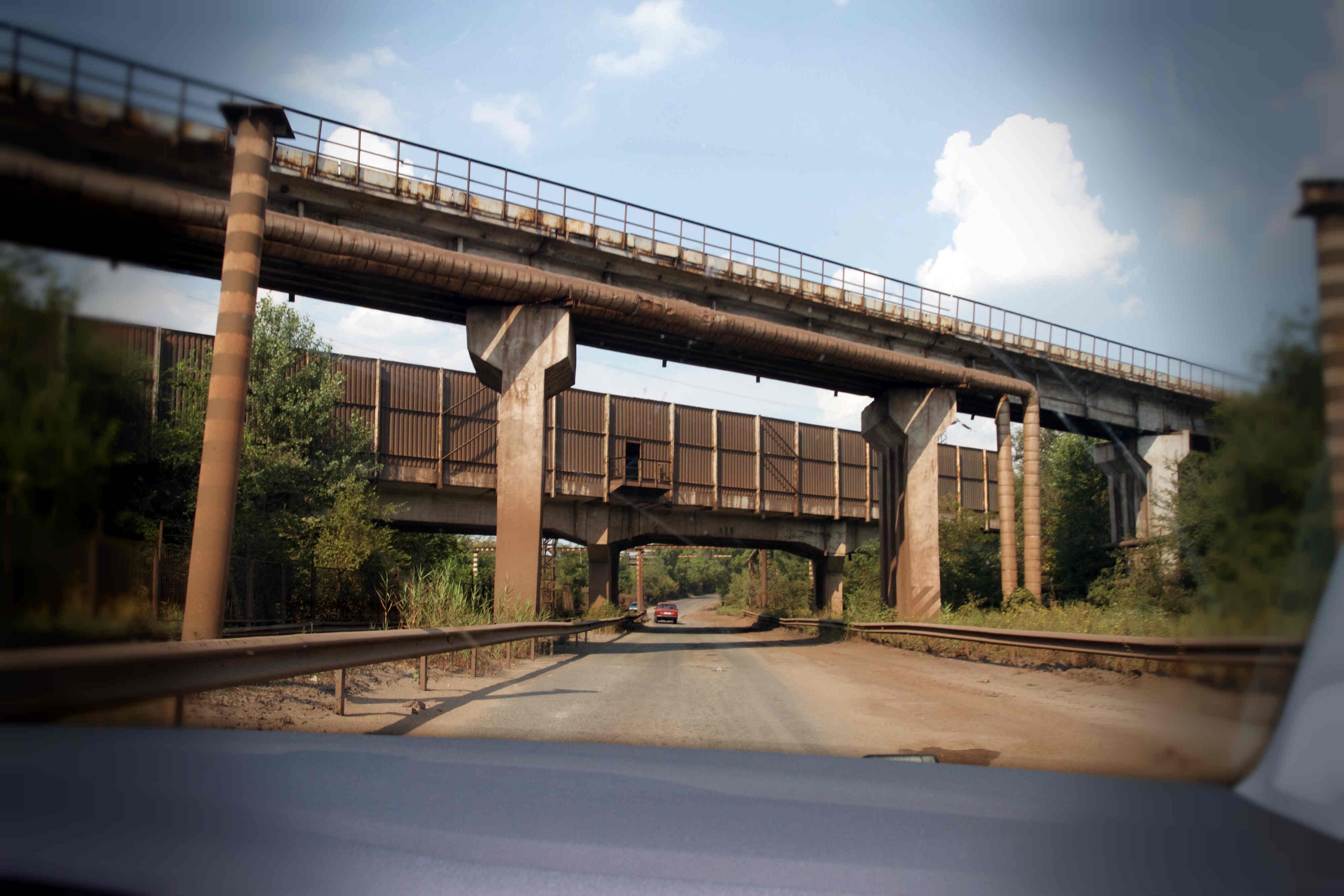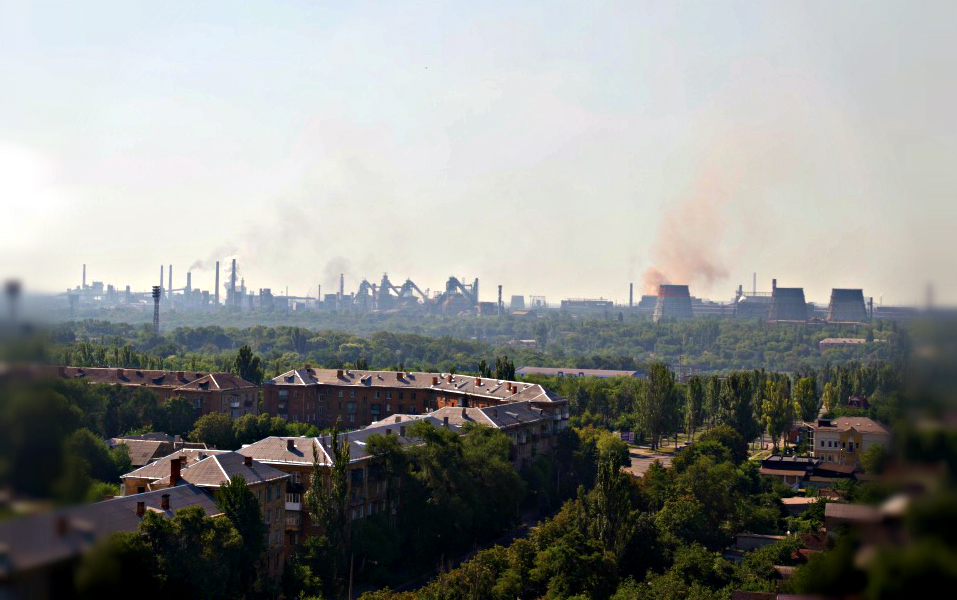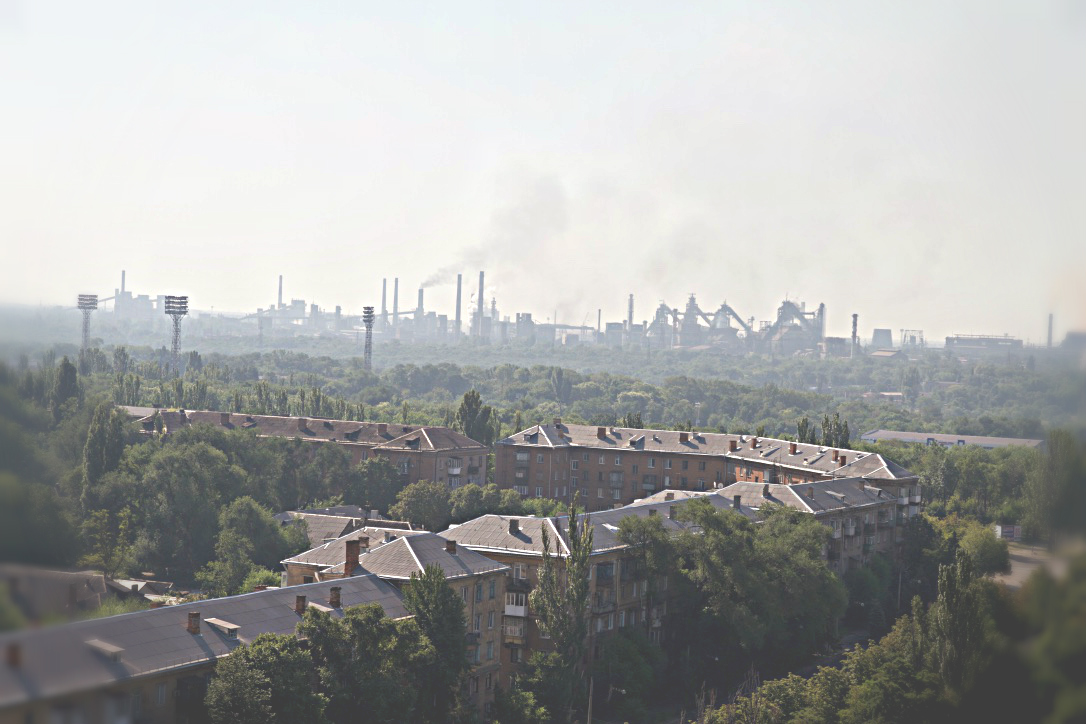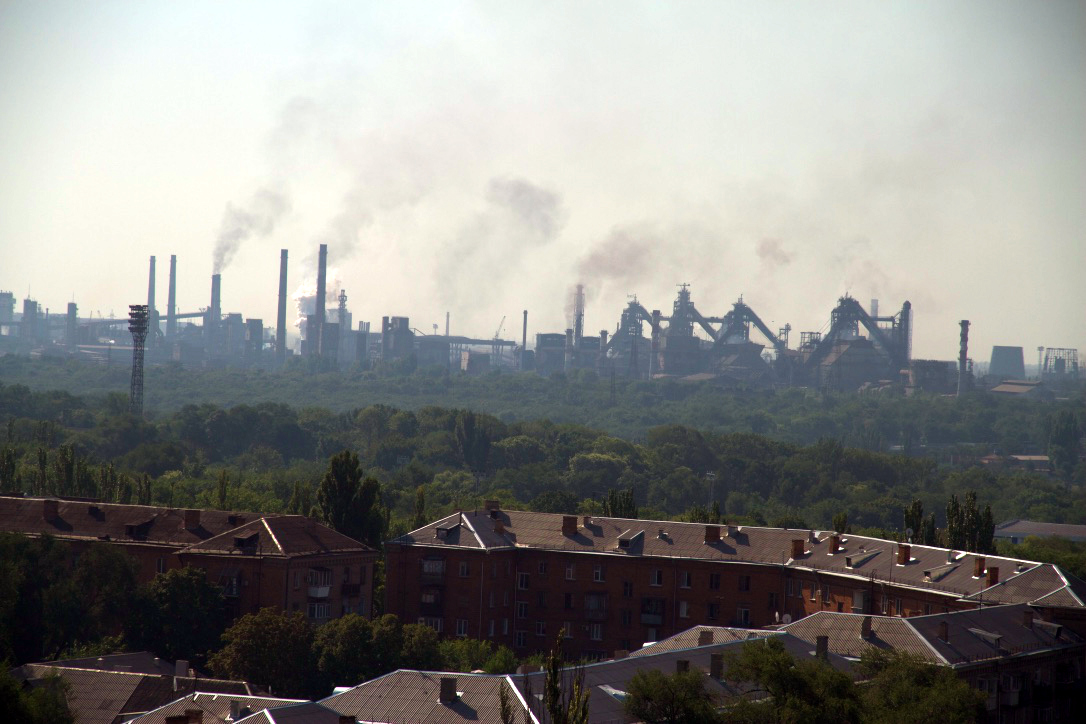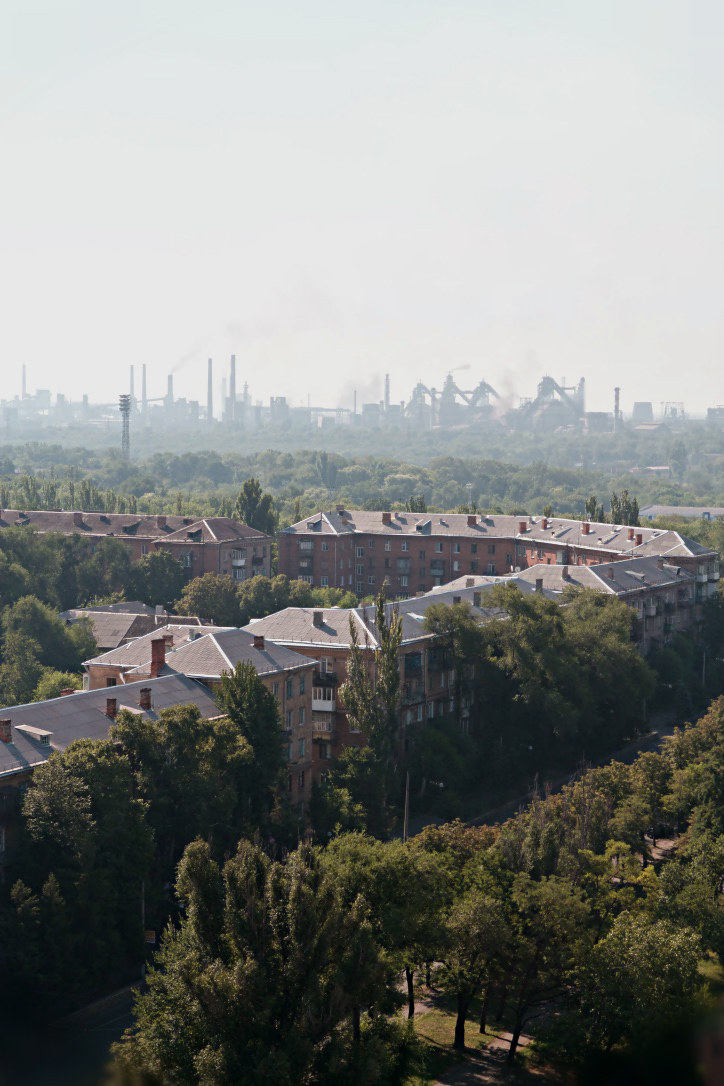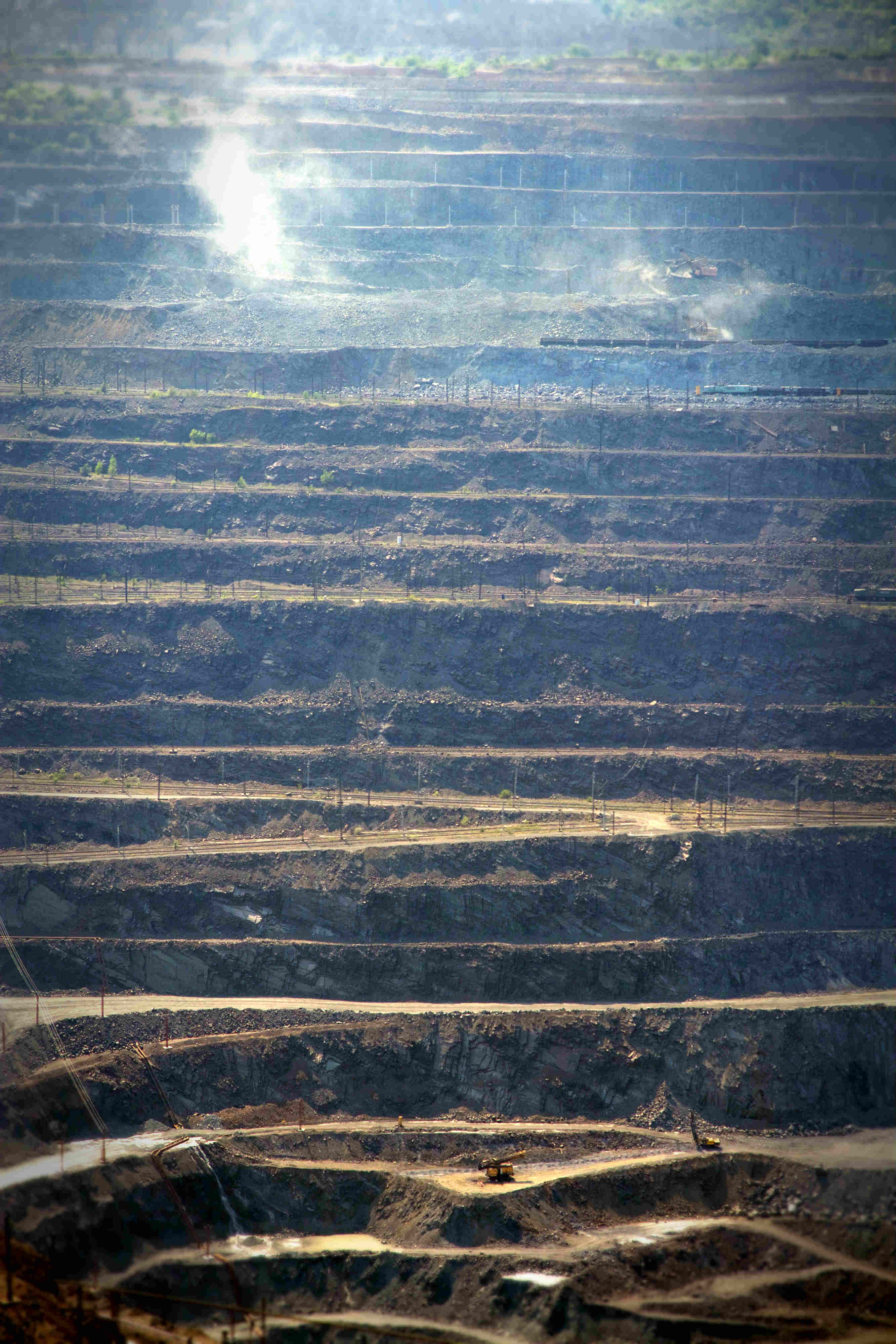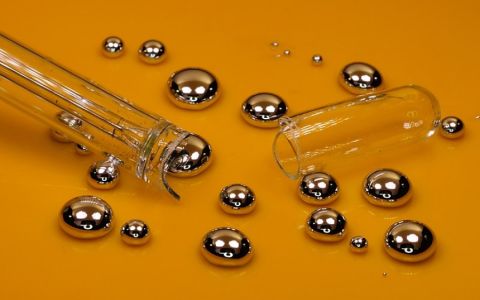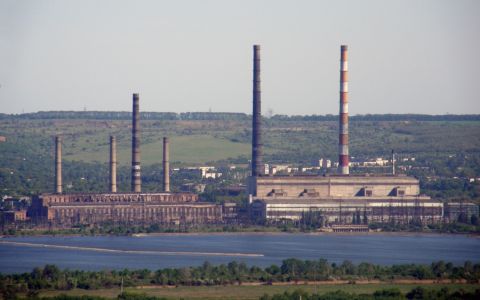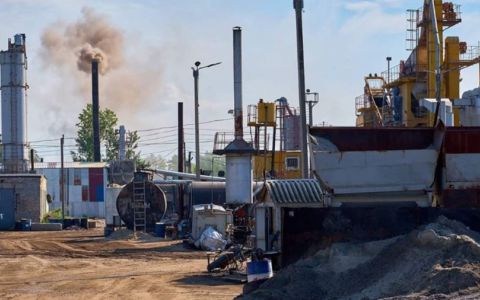Situated in the Dnipropetrovsk region, the city of Kryvyi Rih is almost 100 km long but only 20 km wide and is considered to be the longest city in Europe. It is also called “the steel heart of Ukraine.” Historically, the city has been connected with metallurgy and iron mining. In 1934, the Kryvorizhstal complex (Kryvyi Rih Metallurgical Works) was built. The plant was privatized for the first time in June 2004 and then sold in June 2005 to the global company Mittal Steel. In 2007, the plant was renamed ArcelorMittal Kryvyi Rih.
The steel giant
Currently, ArcelorMittal Kryvyi Rih is the largest metallurgical complex in Ukraine with a full metallurgical cycle. Exporting to more than 160 countries, Ukraine was the world’s sixth largest steel exporter in 2016, making steel production crucial for employment in the region, and for its overall economy. The main products of ArcelorMittal Kryvyi Rih are rebar and wire rod from ordinary and light alloyed steels, sinter, concentrate, coke, pig iron, steel, section and shape-rolled products. Production in ArcelorMittal steelworks has a tremendous impact on the environment of the city of Kryvyi Rih and the entire region. While there are other big companies operating in the city, such as Metinvest, the Evraz mining company, and Heidelberg Cement, the biggest polluter remains ArcelorMittal.
According to the Ukrainian environmental organization Ecoaction, air pollutant emissions (especially CO, NO2, SO2 and dust) in 2015 amounted to 268,300 tonnes, which is about 40% of the total emissions from stationary sources in the Dnepropetrovsk region. The greater part of the equipment is obsolete. Some of it has already been decommissioned, but as the plant has not undertaken all necessary environmental measures, the number of emissions increased.
Stop poisoning Krivyi Rih!
“The point came when the numbers for oncological and tuberculosis disease in Kryvyi Rih became alarming for us,” says Elena Shafranova, the lawyer and resident of Kryvyi Rih and adds: “We wanted to inform people about the environmental situation in our city on both local and national levels.”
Recently, Shafranova became the coordinator and spokesperson of the newly established coalition named "Stop poisoning Krivyi Rih" (Досить труїти Кривий Ріг / Dosit truiti Kryvyi Rih). To date, this coalition brings together more than 10 local NGOs which focus on the environment, security, social issues and public participation in decision making. Local businessmen from the International Business Association are involved, along with several lawyers and professional environmentalists. Elena decided to participate in the work of the coalition in the same way as her colleagues: in her free time on a voluntary basis. Most of the activists had come together earlier during a campaign to establish an Intercity train connection between Kyiv and Krivyi Rih.
Another founder of the coalition, Julyi Morozov, is the head of the community and social centre for cultural activities for young people Shelter+ NGO. “I didn’t start out as an environmental activist. I was focused more on social issues. But I understand how crucial the problem of air pollution is for this city and its residents, so I decided to participate,” he says. Successes came soon and nowadays the coalition Stop poisoning Krivyi Rih is one of the most progressive local movements in Ukraine.
Public protests for clean air
In November 2016, the coalition organized the first demonstration demanding reduction of emissions: around 200 people took part and they blockaded an ArcelorMittal Kryvyi Rih bridge for half a day. After the blockade, Arcelor Mittal started to pay attention to public demands and signed a memorandum on setting up a working group of 20 people from the coalition and 10 people from ArcelorMittal. This allows local people to monitor whether Arcelor carries out environmental measures, and they also gained access to the plant itself.
The declared goals of the coalition are to reduce emission through modernization, replacing obsolete technologies by 2020, to oversee the modernization of the plant and to ensure independent monitoring as the activists consider the official data unreliable.



